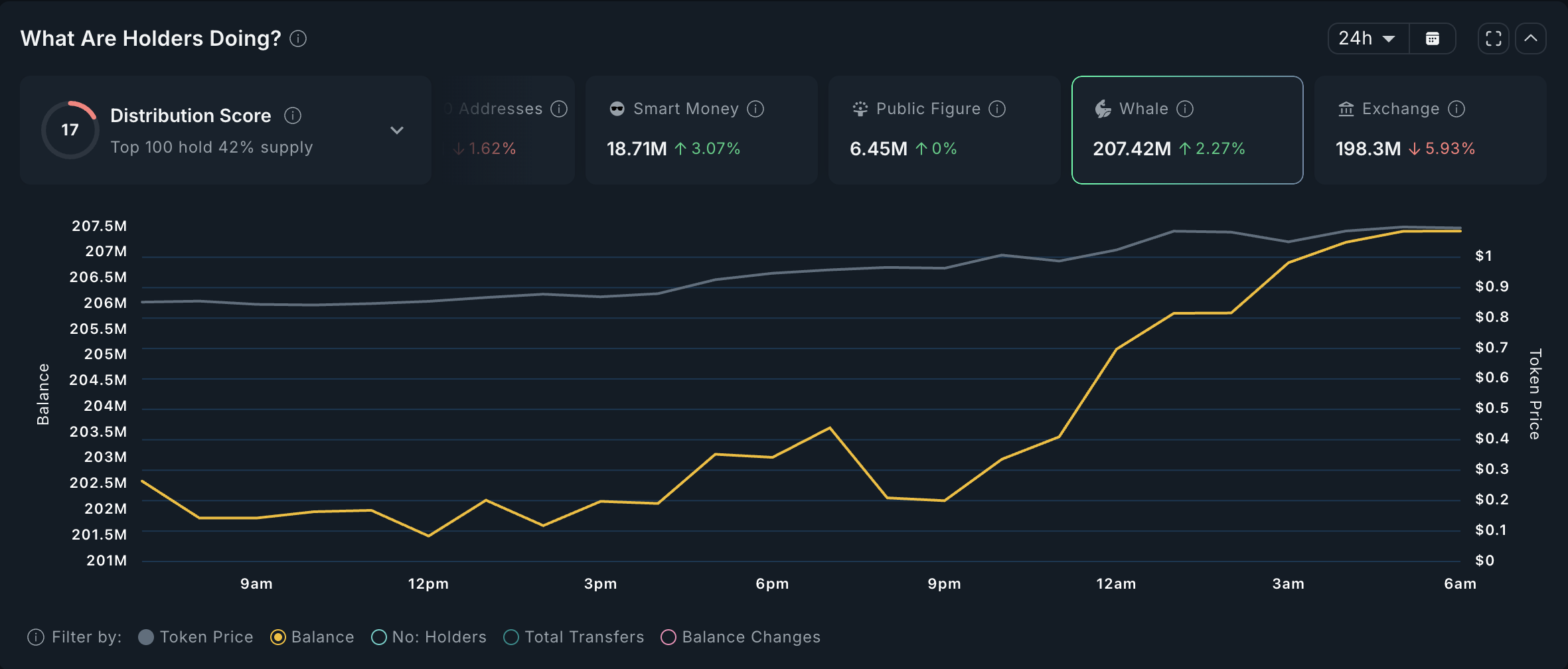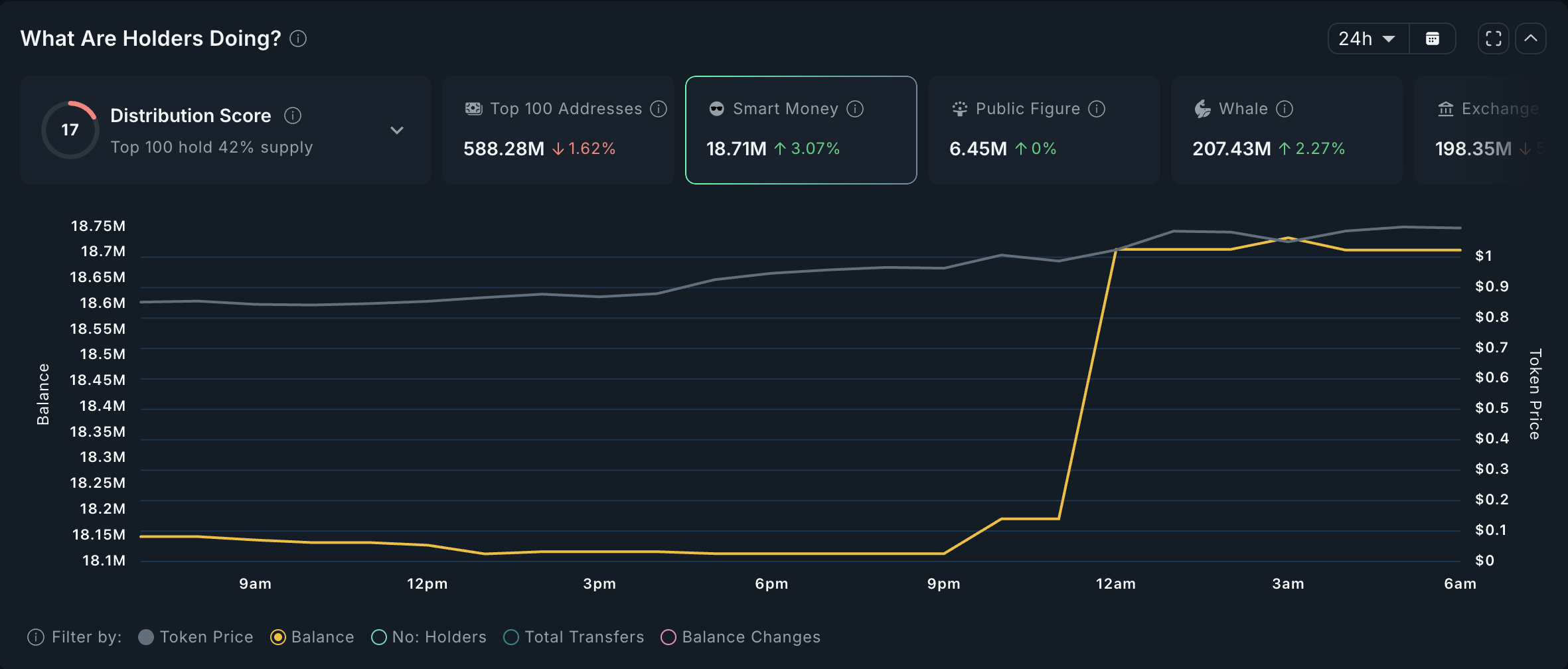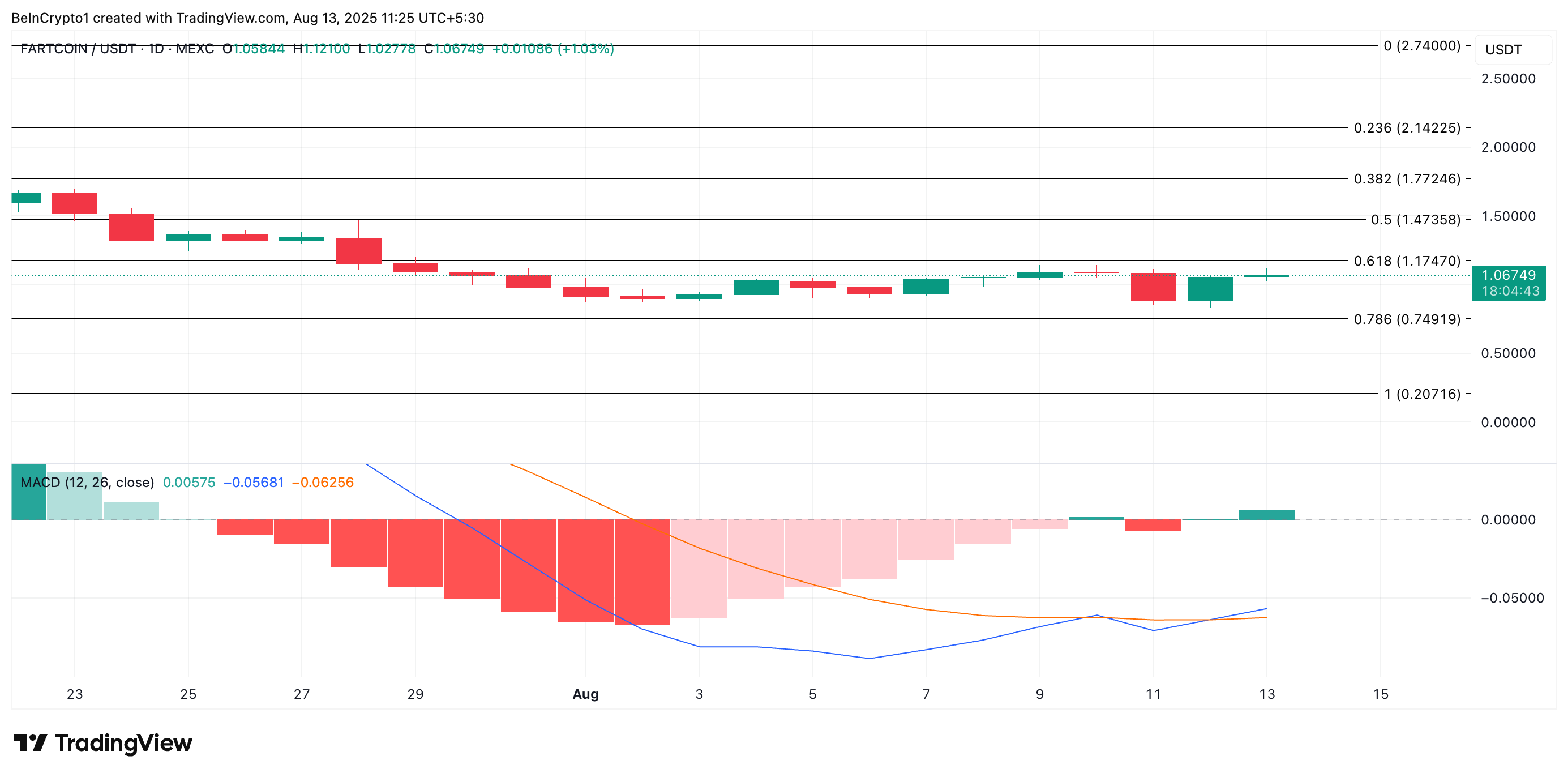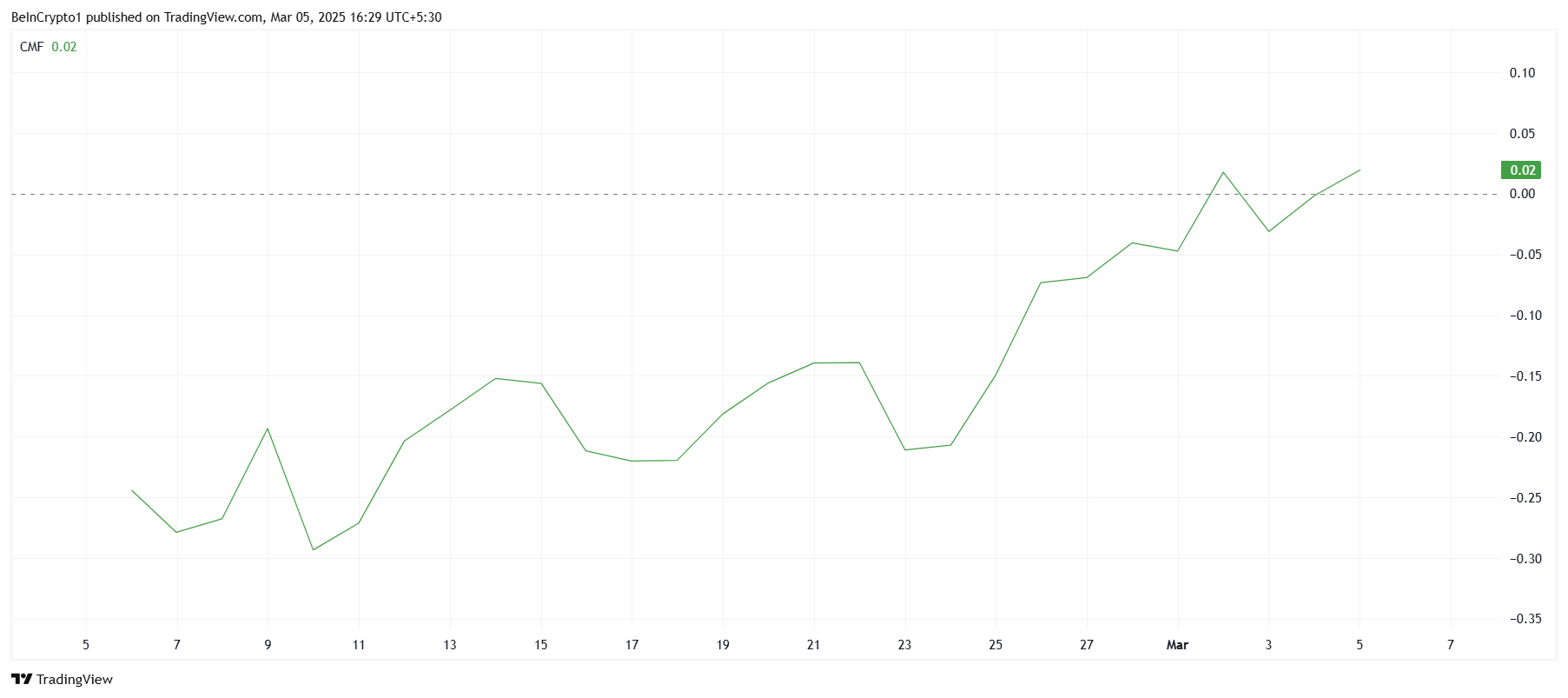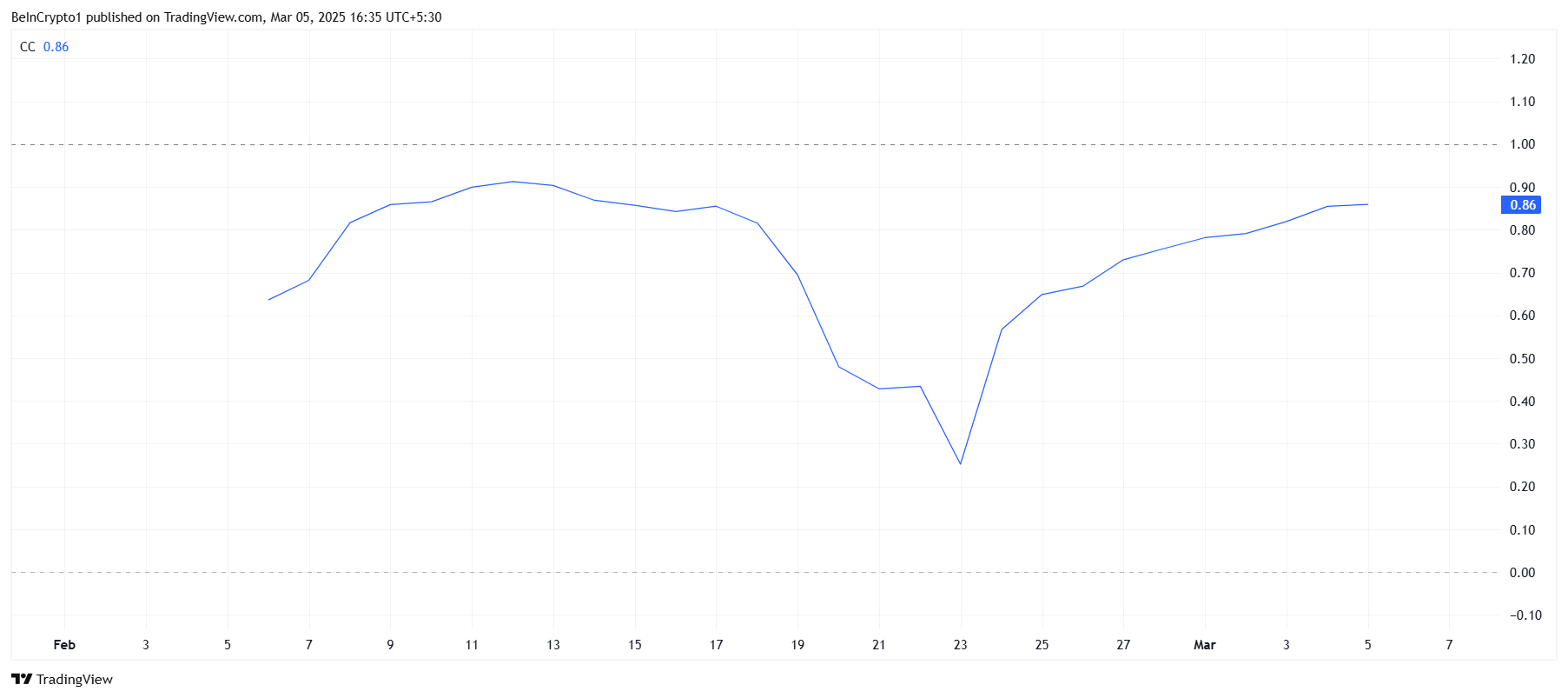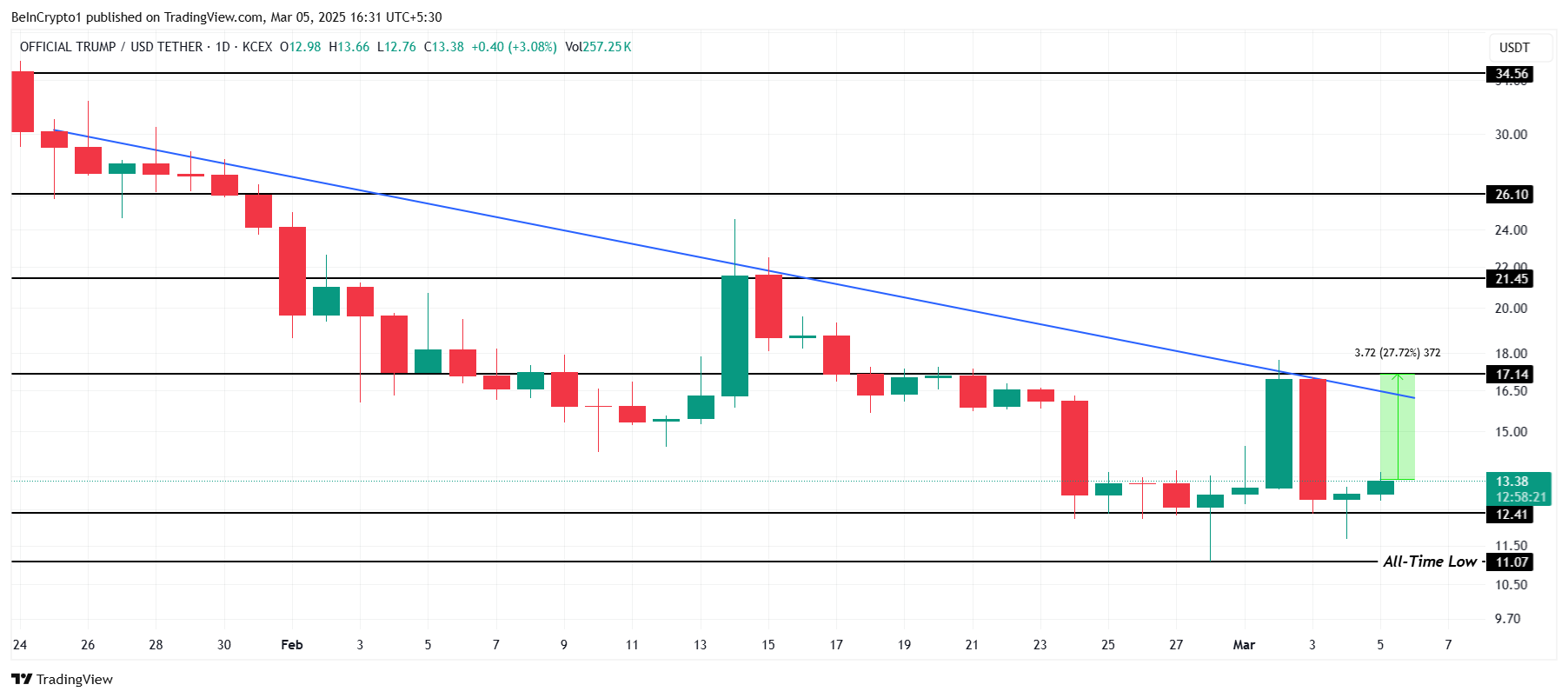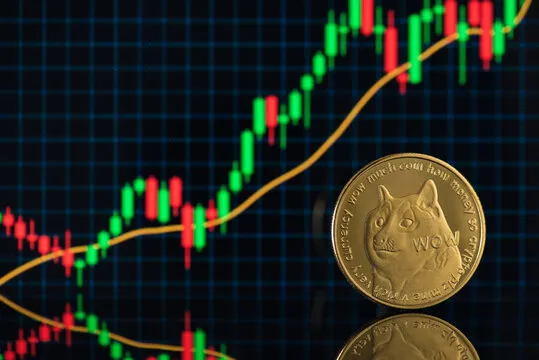
The post Dogecoin to Moon as Analyst Predicts DOGE Price Breakout Toward $1 appeared first on Coinpedia Fintech News
Dogecoin (DOGE), the internet’s most popular meme coin, dropped by 13% last week, making many investors nervous about what comes next. But well-known crypto analyst Crypto Patel believes a big breakout could be on the way. After two strong weeks of price movement, analysts believe that Dogecoin might rally towards $1 soon.
Let’s dive in detail!
Massive Gains Already, More Ahead?
According to Patel, Dogecoin’s price has been following a clear bullish pattern on the charts. That means the price has been making higher highs, followed by healthy pullbacks, something technical traders often look for in a strong uptrend.
This kind of pattern shows that buyers are in control, even after short-term dips.
Based on Patel’s chart, Dogecoin has already jumped 700% from its original entry point and is now up 68% from a second re-entry zone. Meanwhile, Patel sees this as a sign that another big “pump wave” could be forming.
Key Levels to Watch
Patel also highlights the importance of the $0.22 price level, which Dogecoin recently broke above and successfully retested. Holding above this key support level suggests that the coin has built a solid base for further gains.
Strong Community, Bigger Dreams
Another factor Patel believes will drive Dogecoin higher is its loyal and active community. Unlike many other cryptocurrencies, Dogecoin’s passionate supporters help maintain interest and enthusiasm, which often boosts its price during positive market phases.
Looking ahead, Patel’s short-term price targets are $0.5 and $1. He is optimistic that if the rally continues, Dogecoin could reach $2 and even $3 in the long term. This outlook is supported by increasing market optimism and Dogecoin’s strong chart performance.
A Second Chance for Investors?
This setup mirrors DOGE’s 2021 rally, where a similar breakout led to a 7,000% surge. While those gains may not repeat exactly, the current structure is drawing attention.
For those who missed the first run, this could be a second shot at riding the meme king to higher levels.
As of now, Dogecoin is trading around $0.2177, reflecting a drop of 2% seen in the last 24 hours.





